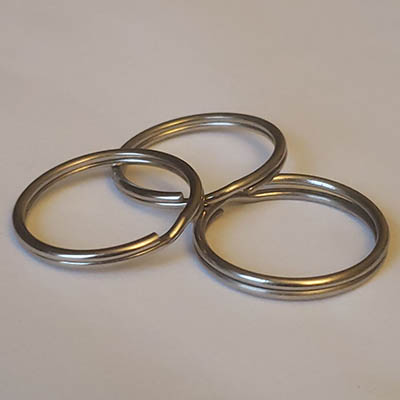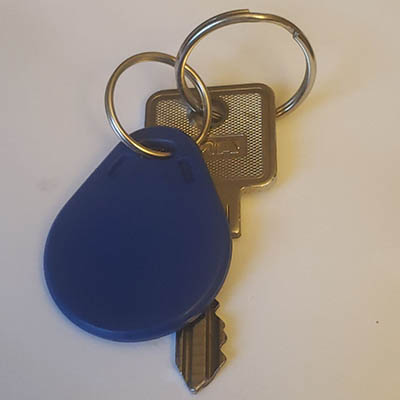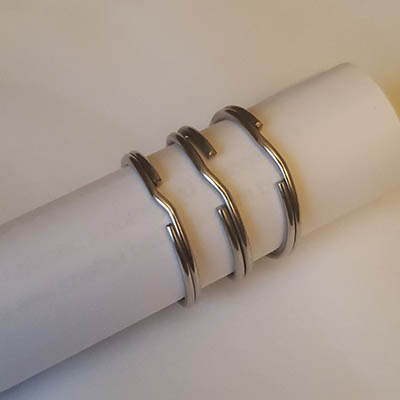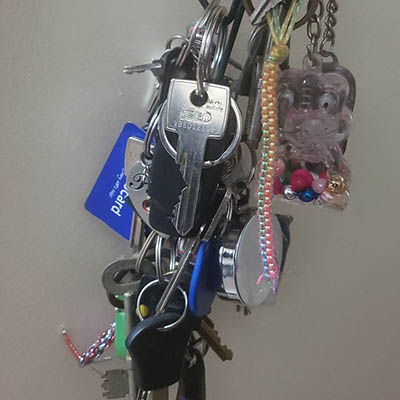A key ring, also known as keychain or key holder, is a small ring or loop designed to hold one or more keys together.


The events of people being victim to pickpockets or losing their keys led Frederick J. Loudin to invent the ‘Keyring’, in 1894. It’s a practical and convenient tool for organising and carrying keys, preventing them from getting lost or separated. They may come in different sizes, with one or more rings/loops, to accommodate different keys.
Reasons why it is a good design:
- Primary function is to securely hold multiple keys together and prevent keys from getting lost or separated
- There is simplicity in its design; a metal ring or loop — which makes it easy to use and understand hence it is accessible to a range of users.
- To withstand daily wear and tear, keyrings are typically made from stainless steel or brass and this makes them durable and value for cost.
- Attaching keys to a keyring is a straightforward process as users can just easily slide their keys onto the ring or using the split ring mechanism that enables the keys to be threaded onto the ring and ensures it is securely attached.
- It is light and compact so it makes carrying multiple keys portable and convenient.
- It is versatile; keyrings can hold a variety of keys; house keys, padlock keys, electronic key fobs and even loyalty cards such as a Tesco Clubcard key fob.

